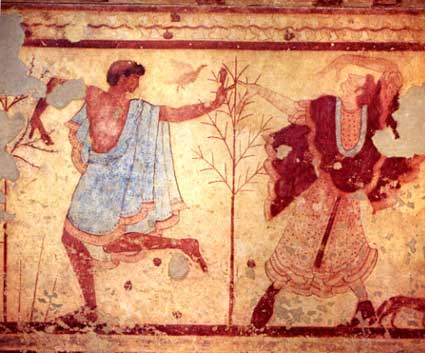
The Etruscans are not a theory or a thesis. If they are anything, they are an experience. DHL
Near the end of his life, DH Lawrence returned to Italy in 1927 after a soul-searching journey through Mexico, the American Southwest, Ceylon, Australia, and New Zealand. Gravely ill with tuberculosis, unaware of how little time he had left (he died three years later at the age of 44), Lawrence sought an ideal land where he might flourish as a “whole man alive” and find an antidote for the alienation of industrialized society denounced in his fiction, particularly in Lady Chatterly’s Lover.
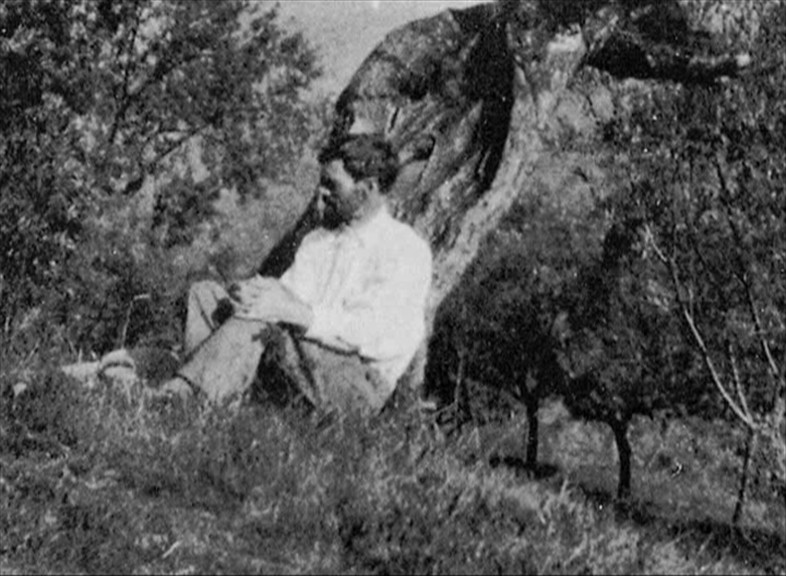
Lawrence’s last pilgrimage led him to the Etruscan ruins north of Rome. His idea was to write a travel book about the twelve great cities of Etruscan civilization. Lawrence rejected the contemporary, scholarly views of the time: that Etruscans were inferior to the ancient Romans. Lawrence’s approach to the Etruscans was highly personal and unscientific, yet his book, Etruscan Places, has shaped modern readers’ ideas of this vanished people more than any other text. 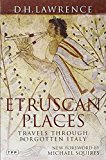 In the Etruscans, Lawrence found a life-affirming culture which exalted the pleasures of the body and viewed death as a journey towards renewal. This is the main theme of one of his greatest poems, “The Ship of Death.” He also believed that Etruscan culture was based on equality between the sexes, and this idea influenced his portrayal of the relationship between Connie and Mellors in Lady Chatterly’s Lover, his last and best-known novel. For Lawerence, Etruscan culture was infused with the joy of being and and informed by a superior level of consciousness.
In the Etruscans, Lawrence found a life-affirming culture which exalted the pleasures of the body and viewed death as a journey towards renewal. This is the main theme of one of his greatest poems, “The Ship of Death.” He also believed that Etruscan culture was based on equality between the sexes, and this idea influenced his portrayal of the relationship between Connie and Mellors in Lady Chatterly’s Lover, his last and best-known novel. For Lawerence, Etruscan culture was infused with the joy of being and and informed by a superior level of consciousness.
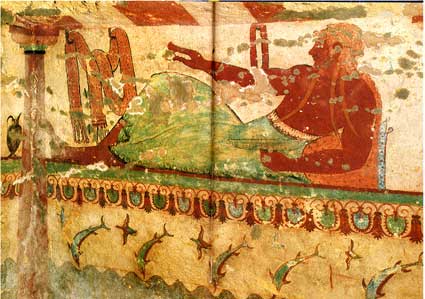
In Etruscan Places, he wrote: “To the Etruscan, all was alive, the whole universe lived, and the business of man was to live amid it all. He had to draw life into himself , out of the wandering, huge vitalities of the world.” … [The Lucumones were] The life-bringers and the death-guides. But they set guards at the gates of life and death. They keep secrets and safeguard the way. Only a few are initiated into the mystery of the bath of life and the bath of death: the pool within the pool within the pool wherein when a man is dipped, he becomes darker than blood and brighter than fire…”
Traveling on foot and by mule cart, Lawrence explored Tuscia-a wild, wooded area where the center of Etruscan culture was located. He visited the frescoed tombs of Tarquinia and the rougher rock tombs of Cerveteri, as well as the sites of Vulci and Volterra. The tombs Lawrence described are easy to visit today, well-connected to Rome and Florence by a system of trains and buses. In Vulci and Volterra, museums offer informative displays on Etruscan history. In the frescoes of Tarquinia, pipers play on as red-skinned dancers perform to the delight of thousands of tourists per year. And copies of Etruscan Places are for sale everywhere.
The mystery Lawrence relished may best be found off the tourist track-in the rock tombs carved along the ravines at Cerveteri and neighboring areas.
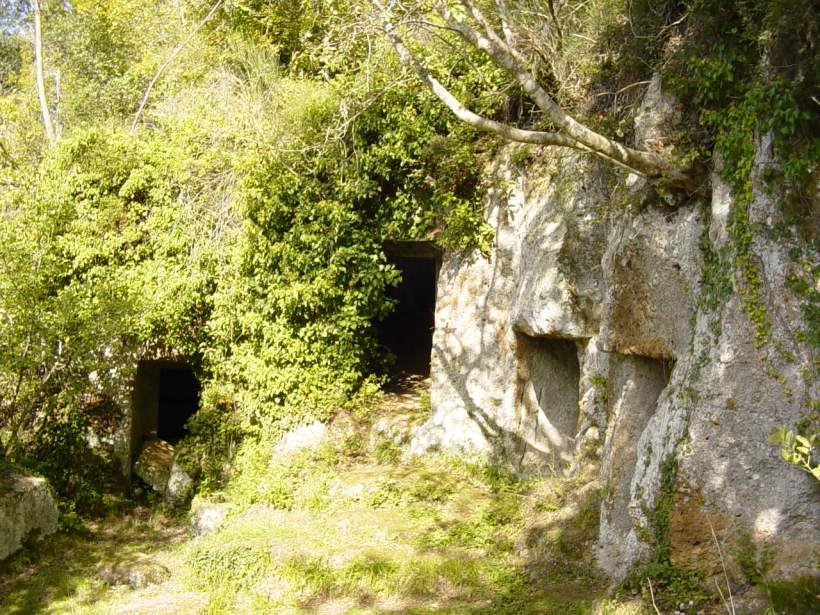
To get a sense of what these sites were like in Lawrence’s time, I recently visited one of the lesser known areas-out in the countryside, off the main road. Covered with ivy, the huge tombs carved in cliffs face out upon a ravine. Wandering through the tall weeds, I approached a tumulus where a tall doorway led into a chamber hollowed in the rock. There at the back stood the fake door, which Lawrence called the door of the soul, as it had no real opening and was only painted or carved on the wall surface. I think of Lawrence sitting in a chamber like this one, contemplating the door of the soul-a barrier for the body, but not for the imagination.

Etruscan Places has been read as Lawrence’s attempt to reconcile himself with his own mortality. For the Etruscans, he believed, death was a continuing celebration of life, or so he learned from studying their tomb art. “What one wants,” he wrote in the closing pages of Etruscan Places, is not a lesson about the Etruscans, but direct “contact.” It is this contact he believed he found and which he now tries to pass on to us.
Lawrence’s vision of the Etruscans in Etruscan Places is among the chief inspirations for my novel, The Etruscan, set in the 1920s, in the era of Lawrence’s visit here. The heroine, Harriet Sackett, a feminist photographer, comes to the Tuscia to photograph Etruscan tombs and finds herself entangled with count Federigo del Re, occultist and self-proclaimed Etruscan spirit. It’s the story of an irresistible attraction between the modern, advanced woman and the archaic-minded, patriarchal male, between America and Italy, and ultimately, between the worlds they embody: the temporal and the timeless.
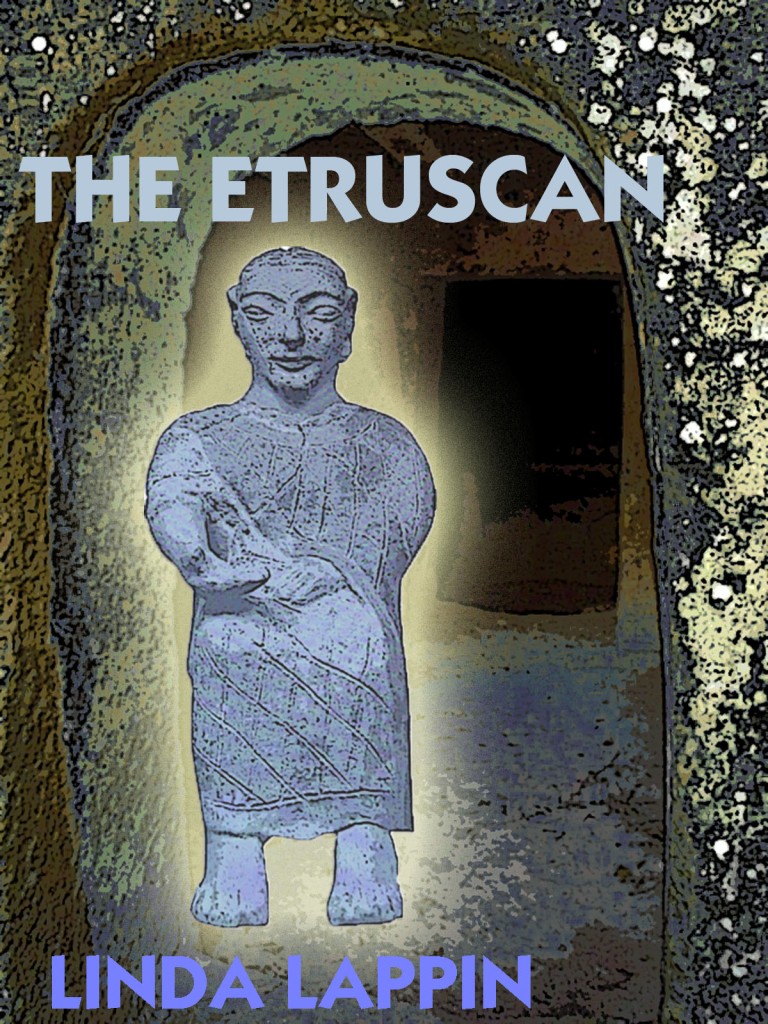
While working on my novel, I lived in a farmhouse outside the gates of the old town, with a window overlooking a gorge where dozens of tombs have been hollowed out of the rock face. You cannot live in a such a place for long without unconsciously absorbing its mystique. Researching the background for my novel, I soon learned that it was quite common for local people, from aristocrats to farmers, to believe they were somehow in touch with the vanished Etruscans.
In the course of my research, I met dowsers and healers who trace their occult powers back to the Etruscans. I met a controversial scholar who has dedicated a lifetime to studying step pyramids and altars in the woods north of Rome that remain unexplained by the academe. I met a geologist who showed me a hidden spot in the woods where strange magnetic phenomena occur, a tombarolo who invited me to explore with him, a paranormal researcher who has recorded strange echoes in caves, and a painter who studies the lay of the land from a balloon. I met a chef who cooked me dishes he believed were surely of Etruscan origin and the author of a cookbook whose grandmother ran the trattoria where Lawrence liked to dine. I met a woman who leads tours to a secret place where witches gathered in the middle ages. A countess unveiled for me her secret collection of Etruscan artefacts illegally assembled by her grandfather. I met a designer who creates hats based on Etruscan designs and a sculptor who peoples his life with terracotta sphinxes of Etruscan inspiration. I listened to folk tales and dreams recounted, all telling of the underworld, and like Harriet Sackett , I have sat for hours in dank tombs, pondering the door of the soul separating this world from the next. The fruits of all this research and reflection are to be found in my novel The Etruscan, in which I hope readers will discover the same fascination that I have found in the spirit of the Tuscia.
The Etruscan was originally published in July 2004, by Wynkin deWorde, a small literary press in Galway, Ireland. Released in the USA in 2006 under the FRANK imprint, made available for the first time on kindle in 2010, The Etruscan was runner-up in fiction at the New York Festival of Books in 2010, a finalist in the 2011 Next Generation Indie Awards, and received honorable mention at the Paris Book Festival of 2010. Kirkus reviews called it “Haunting, Vivid, Entrancing…”

Wow Linda. I love those photos of the caves and that beautiful, mystical 2010 cover! Superb.
I find myself fascinated by this culture.. It takes a lot to draw me in. I need to encounter the whole spectrum of emotion as well as the archaeological vestiges. I’ve been living in Asia and do not feel the tug.. Egypt, of course, does this to me and produces the emotion and the joy..
But something about the Etruscan culture calls out to me..and you know your book enchanted me. I need to know more!
Reading about your own experiences in and around the places the book explores, explains the tantalising atmosphere and profundity you achieved. I understand better than ever that the reader’s, and definitely my own meeting with the Etruscan is no chance encounter..
Fabulous.
LikeLiked by 1 person
Val, thanks for your kind words.Without you and Roger, this book would never have seen print. It is true there is something fascinating in this odd often forgotten corner of Italy. And I have started this blog to keep alive some of the sensations I felt and experiences I had over my long acquaintance with it. I hope to include others too — but we’ll see. Anyway, thanks for reading my blog — you are one of my only readers – and for your help with Signatures in Stone, too.
LikeLike
Hi replied below, but I wanted to add, that I designed that cover with the help of the kindle cover designer app…
LikeLike